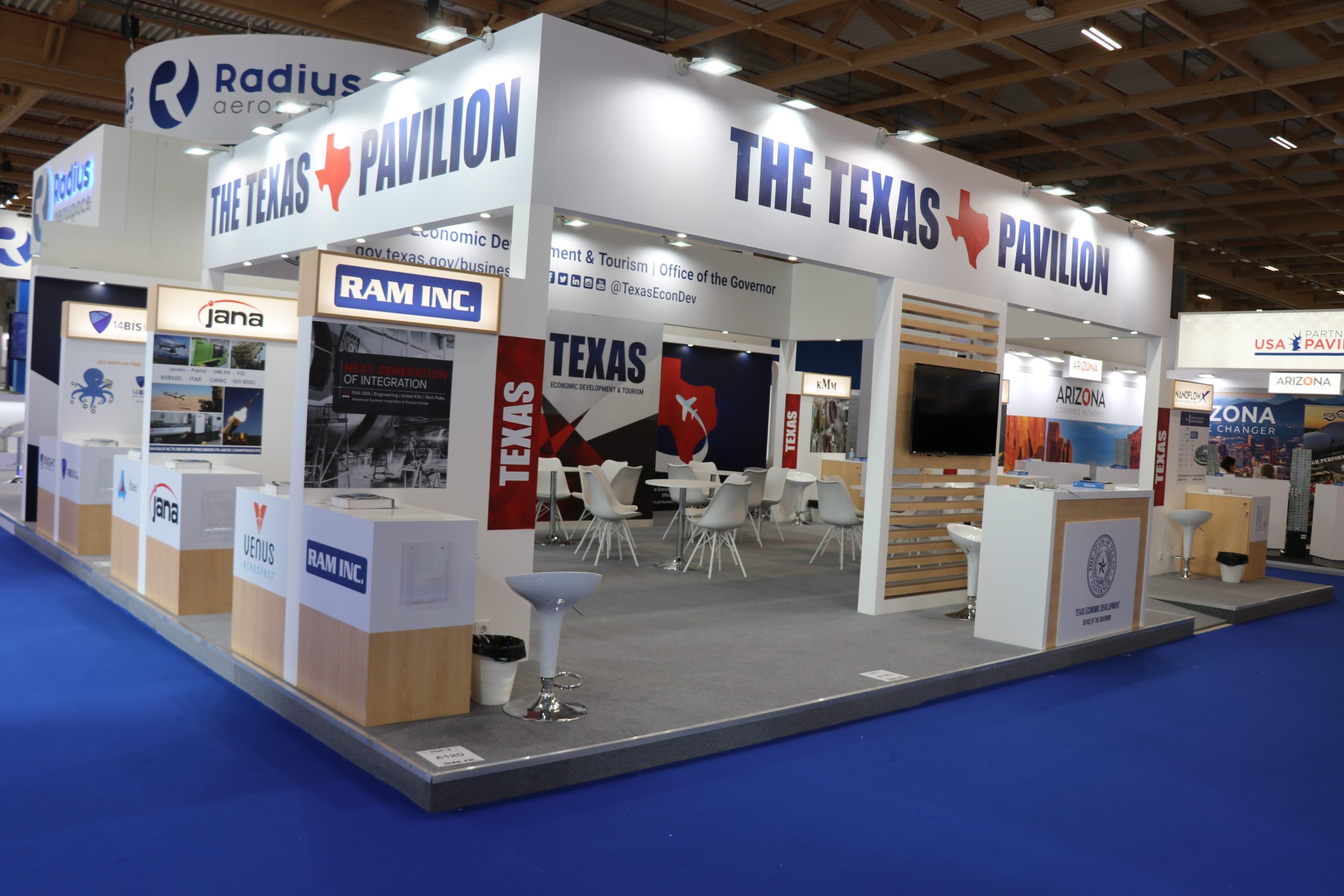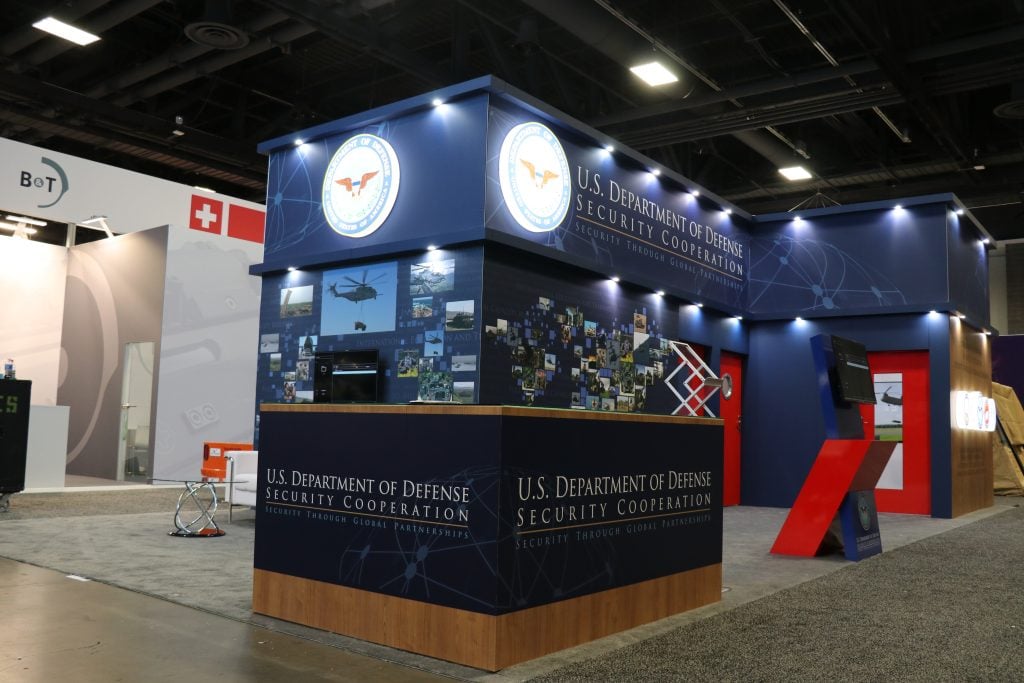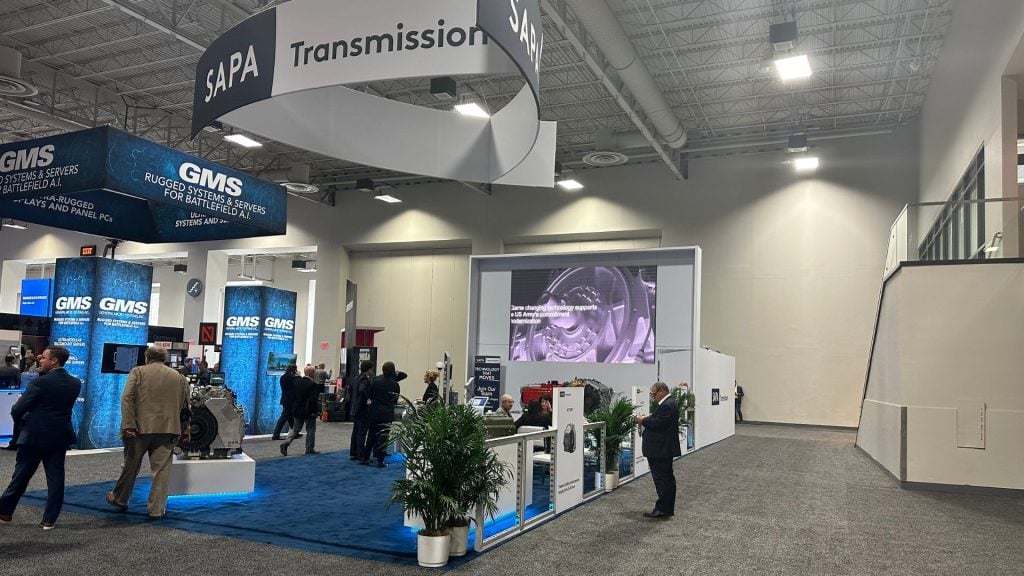
Introduction
The trade show industry has experienced a significant transformation over the past few years, driven by technological advancements and changing attendee expectations. The rise of hybrid events, which blend virtual and physical experiences, has emerged as a powerful trend.
This approach not only enhances reach and engagement but also provides a more flexible and inclusive platform for exhibitors and attendees. In this blog, we explore the benefits and strategies of hybrid events, highlighting how they are reshaping the future of trade shows.
1. The Evolution of Trade Shows:
Trade show exhibits have traditionally been physical gatherings where industry professionals could network, showcase products, and exchange ideas. However, the advent of digital technology has opened new possibilities, leading to the evolution of hybrid events.
- Pandemic Influence: The COVID-19 pandemic accelerated the adoption of virtual components as in-person events were restricted. Hybrid events became a necessity, blending digital tools with physical presence to maintain connectivity and engagement.
- Technological Advancements: Advances in virtual reality (VR), augmented reality (AR), and live streaming have enhanced the capabilities of hybrid events, making them more interactive and immersive.
2. Benefits of Hybrid Events:
Hybrid events offer several advantages over traditional trade shows, making them an attractive option for organizers and participants alike.
- Increased Reach: By combining physical and virtual elements, hybrid events can attract a global audience. Attendees who cannot travel can still participate, expanding the event’s reach and impact.
- Enhanced Engagement: Virtual platforms offer various interactive tools such as live chats, Q&A sessions, and virtual networking lounges, enhancing attendee engagement. Physical attendees also benefit from these tools, creating a richer experience.
- Cost-Effectiveness: Hybrid events can be more cost-effective for both organizers and attendees. Virtual participation reduces travel, accommodation, and logistics expenses, making it easier for a broader range of people to attend.
- Data Analytics: Virtual platforms provide robust data analytics, offering insights into attendee behavior, preferences, and engagement levels. This data can help exhibitors and organizers tailor their strategies and improve future events.
3. Key Components of Hybrid Events:
To successfully blend virtual and physical experiences, hybrid events must integrate several key components.
- Seamless Integration: A hybrid event should provide a seamless experience for both physical and virtual attendees. This requires a robust platform that integrates live streaming, on-demand content, and interactive features.
- Engaging Content: Content is crucial for the success of hybrid events. Organizers should create engaging and relevant content that appeals to both in-person and online audiences. This includes keynote speeches, panel discussions, product demos, and workshops.
- Interactive Tools: Incorporating interactive tools such as polls, quizzes, and virtual networking rooms can enhance participation and engagement. These tools allow attendees to interact with each other and with exhibitors, fostering a sense of community.
- Flexible Scheduling: Hybrid events should offer flexible scheduling to accommodate different time zones and preferences. Providing on-demand content allows attendees to access sessions at their convenience, increasing participation and satisfaction.
4. Strategies for Successful Hybrid Events:
Implementing effective strategies can help ensure the success of hybrid events, maximizing their potential benefits.
- Pre-Event Engagement: Build anticipation and engagement before the event by leveraging social media, email campaigns, and teaser content. Encourage attendees to register and participate in pre-event activities such as webinars and discussion forums.
- Technological Preparedness: Ensure that the chosen virtual platform is reliable and user-friendly. Test all technical aspects thoroughly before the event to avoid glitches and ensure a smooth experience for all attendees.
- Interactive Exhibits: Create interactive and immersive exhibits that cater to both physical and virtual attendees. For example, physical booths can have QR codes that link to virtual demos, while virtual attendees can participate in live product showcases.
- Hybrid Networking: Facilitate networking opportunities for both in-person and virtual attendees. Virtual networking lounges, matchmaking algorithms, and scheduled meet-and-greet sessions can help foster connections.
5. The Future of Hybrid Events:
As the trade show exhibit industry continues to evolve, hybrid events are likely to become the norm rather than the exception.
- Continued Innovation: Ongoing technological advancements will further enhance the capabilities of hybrid events, making them more interactive and immersive.
- Sustainable Practices: Hybrid events contribute to sustainability by reducing the carbon footprint associated with travel and physical infrastructure. This aligns with the growing emphasis on environmentally responsible practices.
- Increased Accessibility: Hybrid formats make trade shows more accessible to a diverse audience, including those with physical limitations or budget constraints. This inclusivity can drive greater participation and industry growth.
Conclusion:
The rise of hybrid events marks a significant shift in the trade show landscape, blending the best of both virtual and physical experiences. By leveraging technology, offering engaging content, and implementing effective strategies, organizers can maximize visibility and engagement, creating impactful events that resonate with a global audience. As we look to the future, hybrid events will continue to shape the industry, offering flexible, inclusive, and sustainable solutions for trade show exhibits and beyond.


 Global
Global Europe
Europe

